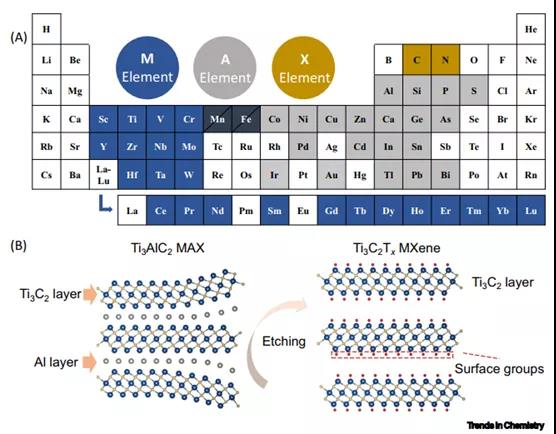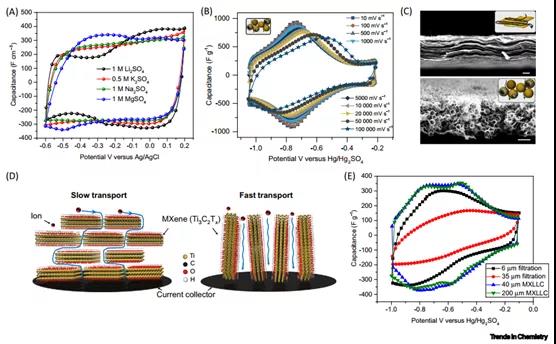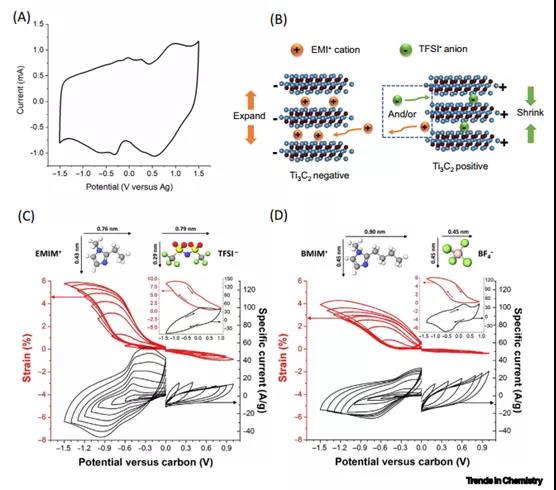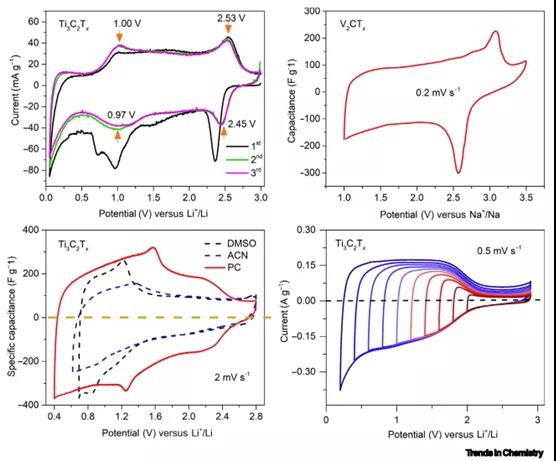
hotline:
17715390137
Tel/Wechat:
18101240246 (Technology)
0512-68565571
Email:mxenes@163.com (Sales Engineer)bkxc.bonnie@gmail.com
Scan the code to follow or search the official account on WeChat:
2D Materials Fronrier After paying attention,
click on the lower right corner to contact us,
Enter enterprise WeChat.
Professional Services Online




Two-dimensional transition metal carbides/nitrides MXenes have attracted extensive research attention in many research fields, including electrochemical energy storage. Since its discovery in 2011, MXenes, as a new type of 2D material system, has synthesized more than 30 MXenes materials with different chemical compositions. Thanks to its controllable properties, such as surface chemistry, conductivity, and 2D structure, MXenes is considered a very promising material. Professor Patrice Simon from the University of Toulouse in Switzerland and Professor Lin Zifeng from Sichuan University published a short review titled MXenes as High-Rate Electrodes for Energy Storage in the internationally renowned academic journal Trendsin Chemistry, summarizing the use of MXene materials as high-rate electrodes. Electrochemical performance, especially the research progress and breakthroughs in non-aqueous electrolyte environments, and prospects for future research directions.


Figure 1. The chemical composition of MAX phase and MXene.
MXenes etched by HF or HCl/LiF mainly contain -O, -OH and -F functional groups. Quantitative NMR analysis shows that, compared with HCl/LiF etching, Ti3C2TxMXene obtained by HF etching has nearly four times the number of -F functional groups, and also has more -OH and less- O. At the same time, different HF concentrations will also result in different composition of MXene surface functional groups.

Figure 2. The electrochemical characteristics of MXene in aqueous electrolyte.

Figure 3. Electrochemical behavior of MXene-based electrochemical capacitor electrodes in traditional non-aqueous electrolytes.

Figure 4. Electrochemical behavior of MXene electrode in organic electrolyte containing Li or Na.

In the future, researchers need to conduct in-depth research in the following aspects:
1) Taking the Lewis acid molten salt method as an example, explore an environment-friendly, safe, and efficient batch-capable sound field method to expand the MAX phase precursor and the controllable preparation of the MXenes surface composition.
2) In all MXene research work, about 70% of the research focused on the first discovery of MXene, which is Ti3C2Tx. Although the preparation process of other types of MXenes is more complicated, we need to conduct in-depth exploration from both theoretical and experimental aspects.
3) Although MXene electrodes can achieve higher capacity in aqueous electrolytes, considering the wider voltage window, the performance of MXene in non-aqueous electrolytes should be further studied. Optimal regulation of the composition and nature of MXene surface functional groups, as well as the control between layers, are crucial to the improvement of performance.
4) For electrochemical capacitors and high-power batteries that need to meet high power and high energy density at the same time, design 3D porous, vertical arrangement or other structure of MXene electrodes to improve without sacrificing too much volumetric energy density. The ion transmission path in the electrode will become the key development direction in the next few years.
Literature link:
https://doi.org/10.1016/j.trechm.2020.04.010

| Reminder: Beijing Beike New Material Technology Co., Ltd. supplies products only for scientific research, not for humans |
| All rights reserved © 2019 beijing beike new material Technology Co., Ltd 京ICP备16054715-2号 |